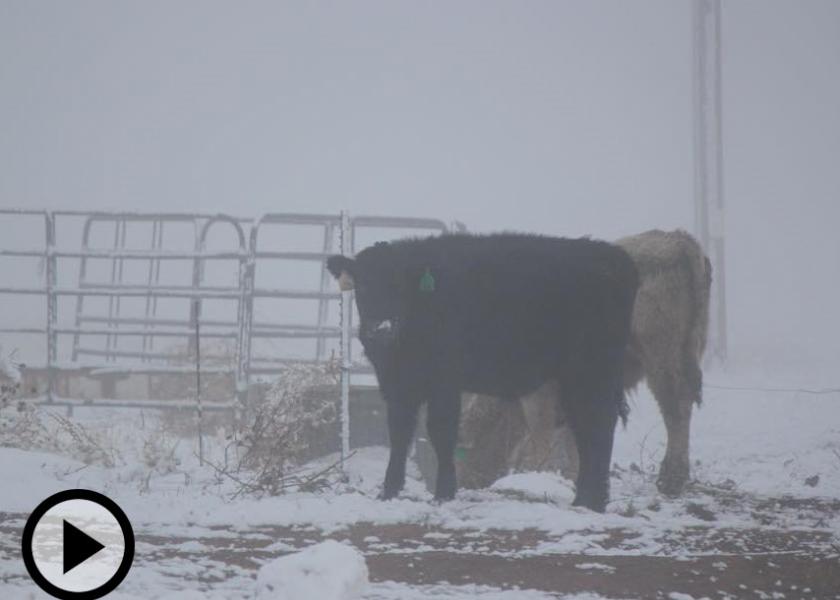Blizzard Recovery: After The Storm

By John Maday
The winter storm “Goliath” that swept across the Southern Plains in late December killed, by some estimates, as many as 40,000 dairy cattle and 13,000 beef cattle, with thousands more missing in the weeks following the storm. As of mid-January, total death-loss numbers remained unclear.
As devastating as those immediate losses are, veterinarians and producers are expecting animal-health problems associated with the storm to persist for months.
“There is some potential for latent effects of the sustained low windchill temperatures during the recent blizzard conditions,” says Ted McCollum, PhD, AgriLife Extension beef cattle specialist in Amarillo.
Watch this story on "AgDay":
He says frozen ears and tails, in most cases, will not present a long-term threat to animal well-being. Damage to cows’ teats and udders on the other hand, could result in sensitivity, mastitis or partial loss of udder function as cows begin nursing this spring. McCollum recommends monitoring cow body condition into the spring, and keeping a watch on cows and calves to observe nursing behavior.
McCollum also notes that bulls could have suffered frostbite to their penis or scrotum, and he recommends full breeding soundness examinations well ahead of the breeding season.
In addition to ranches and feedyards, the region most affected by the storm also is home to numerous large dairies, and those producers also expect lingering health problems. News reports indicate that many dairies missed one or more milkings as employees were unable to reach the operations for their shifts, which likely will lead to increased incidence of mastitis in those herds.
Shortly after the storm, Clinton Griffiths, editorial director and host of AgDay TV, a Farm Journal Media property, toured the area and conducted interviews with producers. During his visits, Griffiths heard of one large dairy where only six employees, from a normal shift of 80, reported for work during the two-day storm.
While visiting the Hereford, Texas area, Griffiths interviewed Landon and Laramy Friemel, whose family operates a 40,000-head feedyard near Hereford.
Read more at www.CattleNetwork.com.







